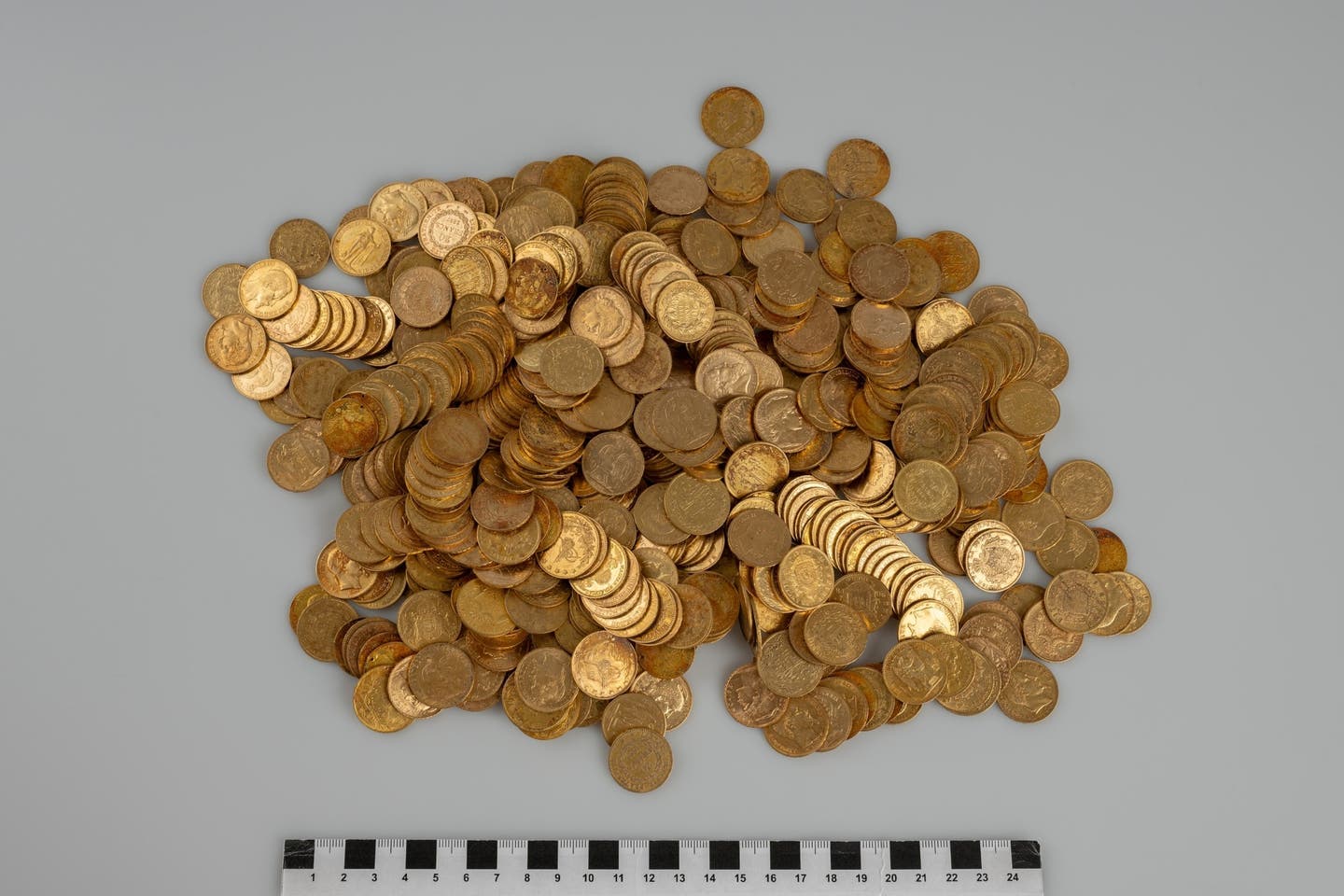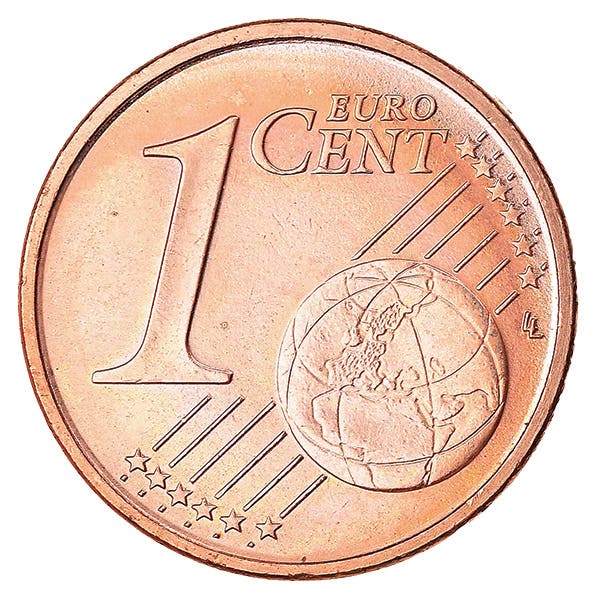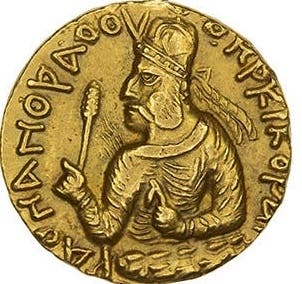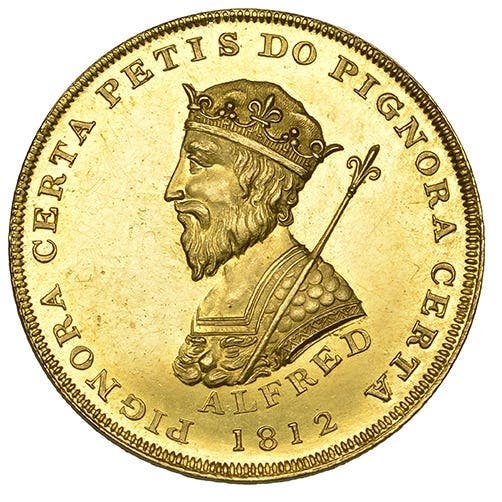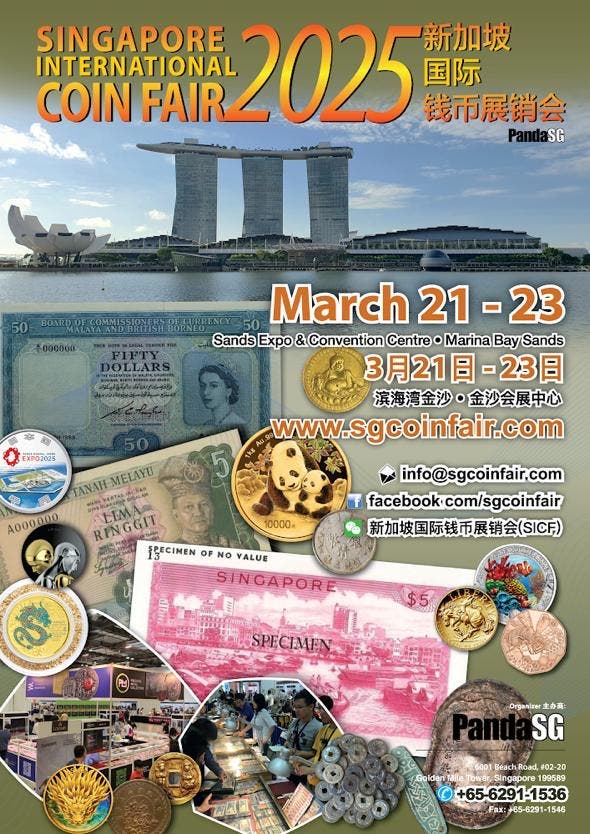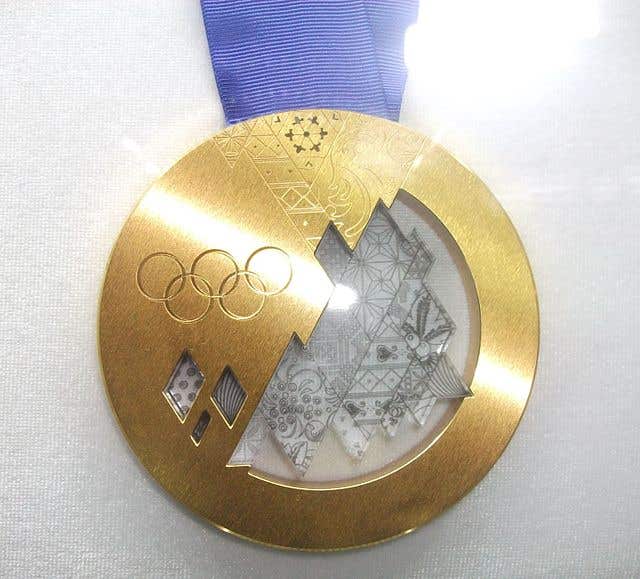Germany to issue circulating 5 euro
By Richard Giedroyc There have been 5 euro European Union coins before, but now it appears Germany is prepared to issue the first circulating commemorative of this denomination. Sources indicate…
By Richard Giedroyc
There have been 5 euro European Union coins before, but now it appears Germany is prepared to issue the first circulating commemorative of this denomination.
Sources indicate the German government mints at Berlin, Hamburg, Karlsruhe, Munich, and Stuttgart will be issuing “special edition” 5 euro coins with a theme of being dedicated to the Earth.
Regardless of if the coins circulate or not, they are unusual and likely more environmentally friendly than are pure metal composition coins. The 2016 German 5 euro will be a ringed ‘trimetal’ issue with a central metal plug surrounded by a blue polymer ring which in turn is enclosed within yet another metal ring.
The new coins are being released following 10 years of research into the design by both Baden-Württemberg in Bavaria and the Bundesbank or Federal Central Bank of Germany.
The so-called national side of each coin will depict the German eagle, with a map of the world on the other side (There is dispute regarding if the national or European Union side of EU coins should be considered to be the obverse.). The map features Europe and Africa at the center. The blue ring symbolizes the Earth’s atmosphere. The metal outer ring features the other planets in our solar system.
Sources indicated the coin has a diameter of 27.25 millimeters. The inner plug is enclosed by the polymer 1.03mm ring. Coinage dies were being produced in August, these dies to be distributed to the five German mints.
The predecessors to the European Union and the accompanying currency union was first proposed during the 1960s. The Maastricht Treaty that established the EU commenced in 1993, with an economic and monetary union following in 1999. Euro coins and bank notes began to circulate in 2002, replacing the national currency of the countries participating in the currency union. Germany likely has the strongest economy of any participating country.
The European Central Bank authorizes euro coins in denominations of 1, 2, 5, 10, 20, and 50 cents and 1 and 2 euros. Until now higher denominations have been issued in bank note format, although non-circulating legal tender commemorative 5 euro coins have been issued by several EU currency union countries. The ECB had not made a statement at the time this article was being written regarding the upcoming German circulating 5 euro coins or if such a coin will impact the 5 euro bank note.
EU coins in 1-, 2-, and 5-cent denominations depict a map showing the relation between Europe, Asia, and Africa. Coins between the 10-cent and 2 euro denominations dated through 2006 show the EU before it increased its membership in May 2004. These same coins show a map of Europe if dated after that date. A geographic map appears on the EU side of euro coins of Austria, Italy, Portugal, San Marino, and Vatican City issued beginning in 2008.
The national side of EU coins were not allowed to be changed until 2009 unless a monarch was depicted and had either died or abdicated. The national side currently is required to name the country of issue.
The authorization of legal tender commemorative euro coins developed slowly and cautiously. Six currency union countries were authorized to issue commemorative 2 euro coins in 2004. Three years later only France, Ireland, and the Netherlands had not issued a commemorative 2 euro.
The first commemorative coin issued by all participating currency union members marked the 2007 50th anniversary of the Treaty of Rome, the forerunner of the Maastricht Treaty. Since that time commemorative 2 euro coins have been issued simultaneously by all participants marking the 10th anniversary of the EU’s Economic and Monetary Union in 2009, and the 10th anniversary of the euro coins and bank notes in 2012.
Currently the only EU members who have yet to issue a commemorative coin are Cyprus, Estonia, and Ireland.
The most recent authorized EU commemorative 5 euro coins are the silver-niobium composition 2015 Castle Brandenbourg Castle issue of Luxembourg, silver composition 2015 centenary of the Avezzano earthquake issued by Italy, and the silver 2015 150th anniversary of the fire department coin of Latvia. None of these coins was issued intending them to circulate.
This article was originally printed in World Coin News.
>> Subscribe today or get your >> Digital Subscription
More Collecting Resources
• Come on down to the Chicago International Coin Fair in Rosemont, Ill. on April 14 to 17, 2016 to see impressive world coins, meet new collectors and participate in Heritage Auction’s fantastic coin auction.
• Hunter? Naturalist? Purchase the 2014 World of Hunting – Red Deer silver coin to add a majestic coin to your collection.



